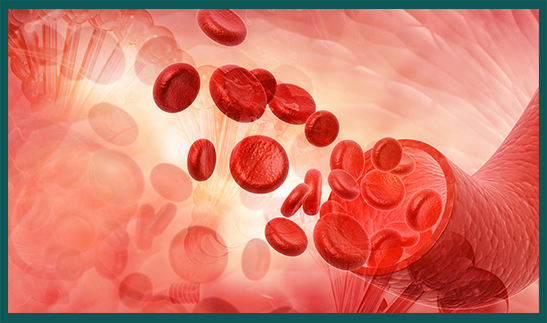

MANIFESTATIONS OF THE HAEMOLYTIC DISEASE
ICTERUS GRAVIS NEONATORUM: This clinical entity is the effect of lesser form of HDFN. The baby is born alive without evidences of jaundice but soon develops it within 24 hours of birth. While the fetus is in-utero, there is destruction of fetal red cells with liberation of unconjugated bilirubin which is mostly excreted through the placenta into the maternal system. A portion of the bilirubin enters the amniotic fluid perhaps from the fetal lung or through the skin or across the surface of the placenta or cord. This is the reason why baby is not born with jaundice. But as soon as the umbilical cord is clamped, with continuing hemolysis, the bilirubin concentration is increased. Sooner or later the baby becomes jaundiced. The liver particularly of a premature baby fails to conjugate the excessive amount of bilirubin to make it soluble and nontoxic.
If the bilirubin rises to the critical level of 20 mg per 100 mL (340 μmol/L-normal 30 μmol/L), the bilirubin crosses the blood-brain barrier to damage the basal nuclei of the brain permanently producing the clinical manifestation of kernicterus.
CONGENITAL ANEMIA OF THE NEWBORN: This is the mildest form of the disease where hemolysis is going on slowly. Although the anemia develops slowly within first few weeks of life, the jaundice is not usually evident. The destruction of the red cells continues up to 6 weeks after which the antibodies are not available for hemolysis. The liver and spleen are enlarged, the sites of extra medullary erythropoiesis.
Affection of the mother: The impact of Rh incompatibility mainly falls on the baby. The mother may also be affected somewhat. There is increased incidence of:
1) Preeclampsia
2) Polyhydramnios
3) Big size baby with its hazards
4) Hypofibrinogenemia due to prolonged retention of dead fetus in uterus
5) Postpartum hemorrhage due to big placenta and blood coagulopathy
6)“maternal syndrome"-the salient features are generalized edema, proteinuria and pruritus due to cholestasis. These features are ominous indicating imminent fetal death in utero.
HOMOEOPATHIC MEDICINES FOR MANAGING HAEMOLYTIC DISEASES: -
1) Aletris Farinosa: This Homoeopathic medicine used to treat anaemia in women who are extremely weak and feel tired. Such patients always feel tired with minimal energy levels. Vertigo and fainting are quite common. Facial skin looks pale.
2) China: - One of the best Homoeopathic medicines for one who experiences excessive bleeding. Bleeding could be due to traumatic injury, periods, and so on. China is used to control Haemorrhage as well as improves blood quantity after bleeding episodes.
3) Cinchona: - helps to treat anaemia due to blood loss.
4) Ferrum met: - is considered to be the best Homoeopathic medicine for anaemia problem.
5) Natrum Mur: - this remedy helps to treat anaemia due to grief. Reasons could be a personal tragedy or any other circumstance.
6) Nitric acid: - this Homoeopathic medicine is given to anaemic persons who have a desire to eat chalk, paper etc.